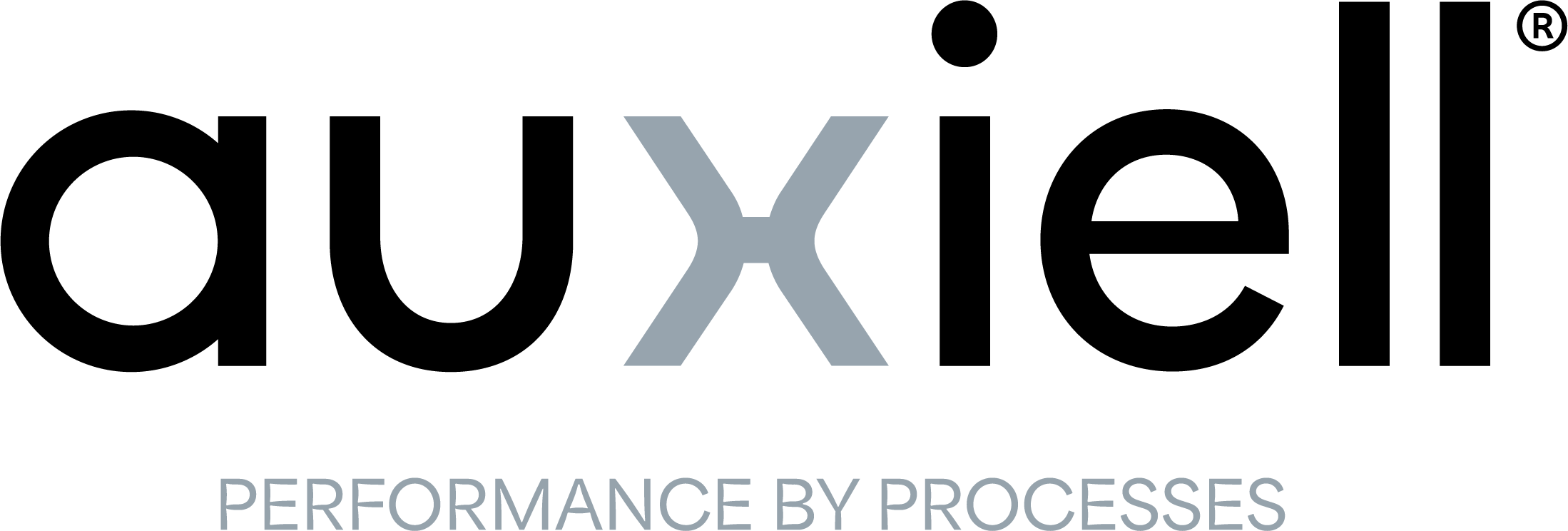Perhaps in twenty years we will remember 2020 as the year in which digitalisation took a leap forward in our lives, in our families and in our daily routines. The most important contributing factor was the Covid-19 crisis and the subsequent lockdown, which forced many businesses to move online. Between January and May, two million Italians did their food shopping online for the first time, three times as many as the 700,000 who did so the previous year. Eight million Italians changed to smart working, staying at home and working via their computers and internet connections, a figure 16 times higher than the number of pre-epidemic smart-workers.
And what about in companies? Many companies were already aware that the digital transformation was important. Among the many urgent needs brought about by the pandemic, perhaps the most decisively important one was being able to organise workflows and relationships with clients and suppliers remotely, thanks to new digital tools and online training. Data can be a goldmine of information that helps us to understand what the client considers valuable and offer them a product or service in line with their wishes. In general, two types of company digitalisation are spoken about: product digitalisation and process digitalisation.
Digitalising products: Data driven cooking
Unox, a leader in the manufacture and sale of professional ovens and related services, is also a great example of a lean enterprise. The managers at Unox were among the first to sense that far from being a gimmick, data was at the heart of a new generation of products. Data driven cooking was created in 2015 as a digital first project, in which data lies at the core of the value provided by the service. Simply connect the oven to the internet to receive a series of suggestions aimed at increasing the number and range of dishes cooked in the oven, thus bringing about a significant saving on labour costs – all based on real usage data.
“The machines that we manufacture end up in our clients’ factories. The only difference between these and other industrial machines is that in our case the factories are called kitchens”, explained Nicola Michelon, CEO of Unox. As buying a professional oven is an investment for clients, Unox began to ask how digitalisation could increase their clients’ ROI – their return on this investment. The starting point for this was this question: why have professional combination ovens spread so successfully to kitchens all over the world in the last thirty years? “The reason is that an oven is the only machine in a professional kitchen that doesn’t require human supervision while it’s cooking”, continued Michelon.
A virtual coach that increases ROI
Each hour of cooking transferred from the hob to the oven brings an average manpower saving of 20 euros. For a restaurant open 300 days per year, every additional hour of daily oven use equates to a saving of 6000 euros, allowing the restaurant to repay the cost of the investment in one or two years. This data is useful in order to incentivise the change. In the time immediately after the purchase, thanks to artificial intelligence algorithms, Data driven cooking remotely analyses how the oven is utilised.
Then via an app called Data driven cooking coach it suggests how to optimise oven use, adapting its ideas to the responses it receives. If the chef starts using the oven-grill cooking program, the algorithm reinforces that idea with new recipes that use the same cooking system. Otherwise it will suggest other ideas, from food-dehydration to steam cooking. The end result is that after three months of Data driven cooking coach, average oven usage increases by 15%, from 8 to 10 hours per day.
This is how Unox manages to combine an increase in the value perceived by the client, with a product-design advantage, which has become fully data driven. Based on usage data from tens of thousands of ovens, a clear picture emerges of the features that are most used by different clusters of clients.
Digitalising processes
A process that generates inefficiency and waste won’t magically become efficient just by being digitalised. In fact, there’s a risk that Industry 4.0 technologies will just add to pre-existing inefficiencies, duplicating the complexity instead of eliminating it. That is why organisations need to prepare for digital transformation by analysing their internal processes: first, processes should be simplified as much as possible, only then should digitalisation of the information flows relating to these processes be implemented. Digitalising flows that could be eliminated is a double waste. Case studies of two exemplary companies illustrate how to use Industry 4.0 technologies with a view to becoming lean
Green Box, a ticket accompanies production from A to Z
Large industrial refrigerators are the core business of Green Box, another excellent Italian company that has applied lean system to its processes. Its products are highly customised but based on a set of standardised elements. Each piece of machinery must adapt to the needs of the client – typically an industrial establishment with specific characteristics. Here, digital transformation prioritises the creation of value for the client. And, thanks to a single piece of MES (Manufacturing Execution System) software, it has connected the data from each stage of the process.
Traces are left by each stage of the process thanks to a ticketing system: the ticket moves from the commercial office, where the sales manager virtually configures the product, choosing the characteristics requested by the client, to the technical office where the product is designed, then on to the procurement office where an order is placed for the necessary components, then production planning and then the various phases of production. The computerised system observes everything, from the number of hours worked to any problems encountered.
Unox and computerised (then eliminated) Kanban
Let’s go back to Unox to tell the story of how the first step towards digitalisation was making processes less complex, then using the software programs to allow the different stages to communicate with each other, in order to guarantee a constant flow of information. All stages were synchronised where possible: two stages are considered synchronised when there isn’t an inventory between them, and production progresses fluidly and without interruptions.
Where two stages couldn’t be synchronised – for example because of a difference in capacity or because of the physical distance between two pieces of machinery – the stages were decoupled. In some cases, a Kanban pull system was applied, by introducing a replenishable inventory of necessary items (in this case components) between two stages, the size of which depended on the production needs downstream. The management of kanban was then computerised: the tag applied to the container, which communicates the demand for material to the supplier downstream, is both physical and electrical, as it is tracked by the IT support system.
In other cases, the decoupling of the stages is organised via a synchro system with buffers: the downstream production sends electronic information upstream with the sequence of components that will be needed during that day, several hours beforehand. In this way the quantities necessary for the output requested by the market are produced on a just in time basis.


